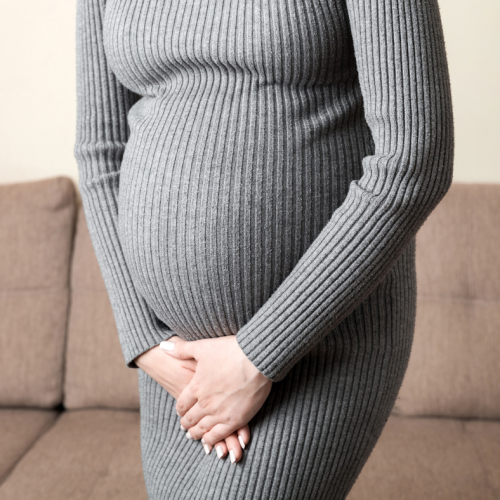Pelvic Organ Prolapse
When the muscles and ligaments supporting a woman’s pelvic organs weaken, the pelvic organs can drop lower in the pelvis, creating a bulge in the vagina (prolapse). Women most commonly develop pelvic organ prolapse years after childbirth, after a hysterectomy or after menopause.
If you are experiencing pain or pressure in your lower abdomen or genitals, schedule an appointment for treatment at A7 Health with a Physiotherapist.
Symptoms of pelvic organ prolapse
A prolapse is not life threatening, but it can cause pain and discomfort. Symptoms include:

- A feeling of heaviness around your lower abdomen and genitals
- A pulling discomfort in your vagina
- The feeling of something entering your vagina – it may feel like you are sitting on a small ball
- Feeling or seeing a lump or bulge in or coming out of your vagina
- Discomfort or numbness during sex
- Difficulty urinating – feeling like your bladder does not empty completely, needing to go to the bathroom more often, or leaking a small amount of urine when you cough, sneeze, or exercise (urinary incontinence)
- Sometimes pelvic organ prolapse has no symptoms and is found during an internal exam for another reason, such as a cervical exam
Cause of pelvic organ prolapse
Pelvic organ prolapse occurs when the group of muscles and tissues that normally support the pelvic organs, called the pelvic floor, weakens and can no longer hold the organs firmly in place.
There are a number of factors that can weaken your pelvic floor and increase your risk of pelvic organ prolapse. These include:
- Pregnancy and childbirth – especially if you had a long, difficult birth, or if you gave birth to a large baby or multiple babies
- Age – getting older and going through menopause
- Obesity – the excess weight puts additional strain on your muscles
- Long-term constipation – prolonged strain and force weakens your muscles
- Having a hysterectomy – the removal of the uterus disrupts local nerve supply and distorts pelvic anatomy, which adversely affects pelvic organ function
- Occupation – A job that requires a lot of heavy lifting may strain and overexert your muscles
Some health conditions can also make a prolapse more likely, including:
- Joint hypermobility syndrome – very flexible joints and it causes you pain
- Marfan syndrome – a genetic condition that affects connective tissue, which provides support for the body and organs
- Ehlers-Danlos syndromes – A group of inherited disorders that mostly affect the skin, joints and blood vessels
Treatment for pelvic organ prolapse
If you have no symptoms or the prolapse is mild and does not bother you, you may not need medical treatment, but some lifestyle changes will probably help anyway. These include:
- Losing weight if you are overweight
- Avoiding heavy lifting
- Preventing or treating constipation
If the prolapse is more severe or your symptoms are affecting your daily life, there are several treatment options to consider. These include:
- Pelvic floor exercises
- Hormone treatment
- Vaginal pessaries
- Surgery
The recommended treatment will depend on the type and severity of the prolapse, your symptoms and your overall health.
Treatment at A7 Health for Pelvic Organ Prolapse:
Get Physiotherapy – Book an appointment with a Physiotherapist at A7 Health who will assess you in a 45 minute consultation and provide treatment alongside a treatment plan to reduce your discomfort strengthen your pelvic floor muscles to correct the prolapse. Some of the treatments include:
- Lower back mobility exercises.
- Massage for pain relief.
- Mobilisations on any stiff joints such as your hips, lumbar spine joints or the sacroiliac joint (SIJ).
- Pelvic floor strengthening exercises.
- Strengthening exercises for your abdominal muscles.
Join an exercise class (with a Biokineticist) – Moderate exercise, such as walking, has been shown to help relieve back and pelvic pain during pregnancy. Stretching can help relieve sore muscles. Join an exercise class led by an A7 Health Biokineticist who will teach you exercises that will strengthen and relax muscles and help you to reduce the likelihood of pain during your pregnancy. These exercises will also help you with delivery and recovery after you give birth.
